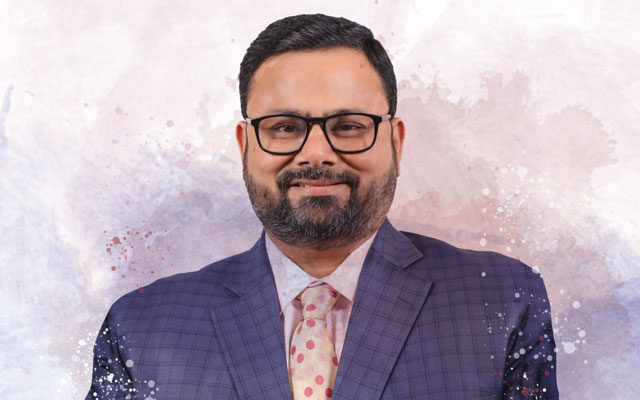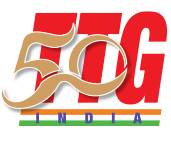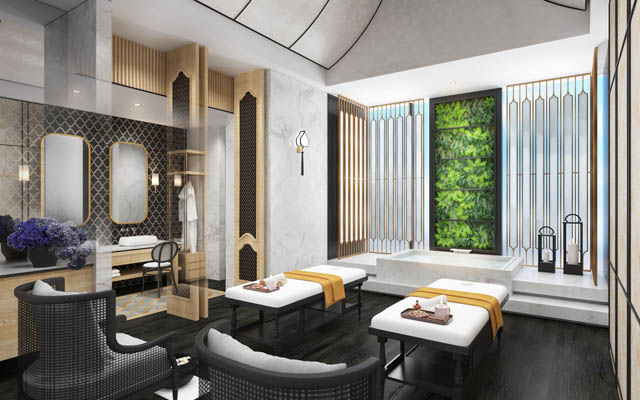SOTC Travel is adapting to meet the dynamic needs of Indian travellers. Its president & country head - Holidays and Corporate Tours, S D Nandakumar, shares more about the company’s key focus areas, strategic expansion into regional markets and travel trends
 What are your focus areas for 2025?
What are your focus areas for 2025?
Our focus is on expanding beyond tier-one cities and embracing a strong regional-first approach. While we continue to offer a pan-India cosmopolitan product, we are making significant strides in catering to regional markets in a more customised and immersive way. To strengthen our regional presence, we have developed specialised sub-brands tailored to markets such as Gujarat, West Bengal and South India. Our sub-brand, Darshan, focuses on spiritual tourism.
A key difference between cosmopolitan and regional offerings is that our cosmopolitan tours cater to a diverse set of travellers, featuring English-speaking tour managers and a selection of pan-Indian cuisine to suit various tastes.
In contrast, our regional tours are designed to provide a more personalised and community-driven experience. They are tailored for passengers from the same region, tour managers speak the local language and cuisine is region-specific. For example, departures from Gujarat will feature traditional Gujarati meals. This approach allows travellers to choose an experience that best suits their preferences, whether they prefer a diverse group or a tour with people from their own cultural background.
Our international offerings follow the same philosophy, incorporating local touches to enhance the experience for regional travellers. Given the growing demand for such customised itineraries, we expect regional-focused departures to account for 40 per cent of our total volumes by the end of this year.
SOTC has been opening franchise outlets in different Indian cities. How are these outlets supporting your reach across the country? As many Indian travellers prefer to book travel products online, is there demand for travel retail outlets?
We have established a strong presence in over 80 cities through our franchise outlets and company-owned retail stores, ensuring accessibility to travellers across tier-two and tier-three markets. While we operate as an omni-channel brand with a robust online presence, we recognise that different customers have diverse booking preferences.
Some prefer booking online or via a phone call, while others value the in-person experience of visiting a store, interacting with our expert travel advisors and making an informed decision. Our retail outlets help us cater to this varied customer base effectively.
A significant step we have taken is to enhance accessibility by making our website multilingual. It now supports languages like Bengali, Kannada, Tamil and Marathi to serve a wider audience. Additionally, pricing remains consistent across all booking platforms whether online, over a call or at our physical stores.
At present, our physical retail outlets contribute a larger share of revenue compared to our online platform, reinforcing the continued demand for face-to-face consultation and expert travel planning.
Are spending patterns changing among Indian outbound travellers considering the growth of the Indian economy and the fact that the younger population are more willing to spend on travel?
The increase in travel spending can be observed in two key aspects – the frequency of travel and overall travel expenditure.
Travellers taking more holidays per year. Individuals now take two or more trips compared to just one a year. The duration of vacations has also increased. Travellers who take one trip per year are now considering two-week-long holidays, while those who prefer multiple holidays in a year are choosing shorter three- to four-night breaks.
On the cost side, there has been a rise in travel expenses, driven by post-pandemic price increases in hotel rates, airfare and overall travel costs. Indians travellers are also leaning towards experiential travel. They are no longer satisfied with just sightseeing and pre-arranged meals. Instead, they seek authentic local experiences, immersive activities and unique cultural engagements. As a result, the average travel spend of Indian travellers has increased by 20 to 25 per cent compared to pre-Covid levels.
In the past you have operated charter flights to destinations like Bhutan. Are you planning to do the same in 2025?
Last year we introduced charter flights to Paro, Bhutan from Bengaluru and that was a super success. This year, we increased the frequency of the charter flights from Bengaluru and have also started charter flights from Ahmedabad to Bhutan, which again have seen overwhelming response.
The Bhutan experience has made us look at other destinations where direct flights are a challenge. We have shortlisted three destinations to start charter flights and will share details once they are launched.
What trends do you expect from the Indian outbound incentive market this year?
2024 was our strongest year for MICE business, and 2025 is shaping up to be just as promising. We are witnessing significant growth across various industries that are driving demand in the MICE segment.
The paint industry, which previously had a limited number of key players, is now expanding with several new entrants. Similarly, while the automobile sector continues to be led by established companies, the rapid growth of electric vehicles is contributing to the sector’s expansion, making these industries major consumers of MICE travel.
In terms of destinations, Hong Kong is experiencing a resurgence in demand. We are also seeing growing interest in Japan, Georgia and Baku (capital of Azerbaijan), along with all-time favourites like Thailand and Singapore.
In the Middle East, Ras Al Khaimah is emerging as a preferred choice while in Europe, Spain and Switzerland continue to attract corporate groups. South Africa is also making a strong comeback in the MICE circuit.











